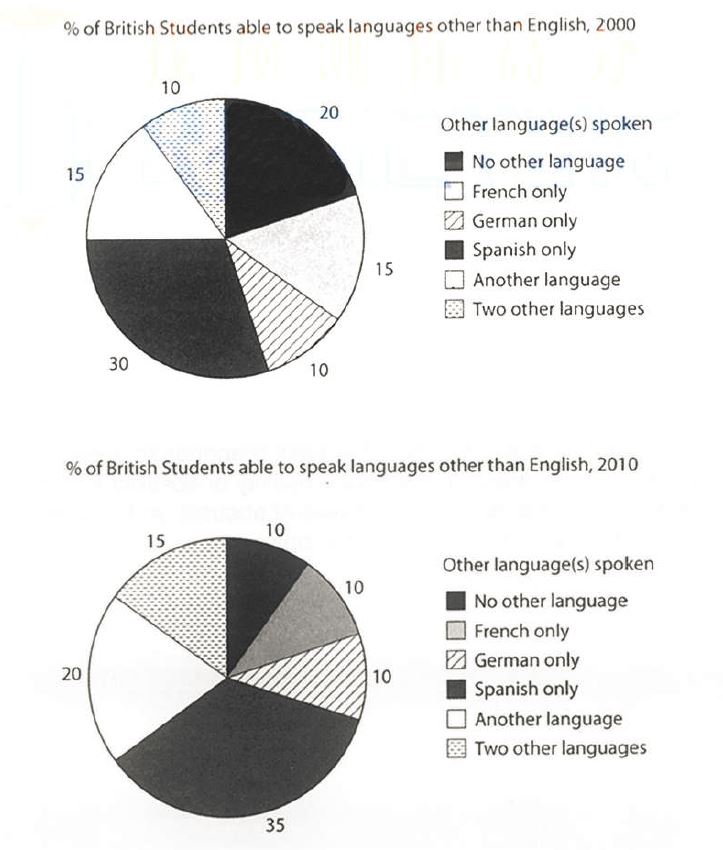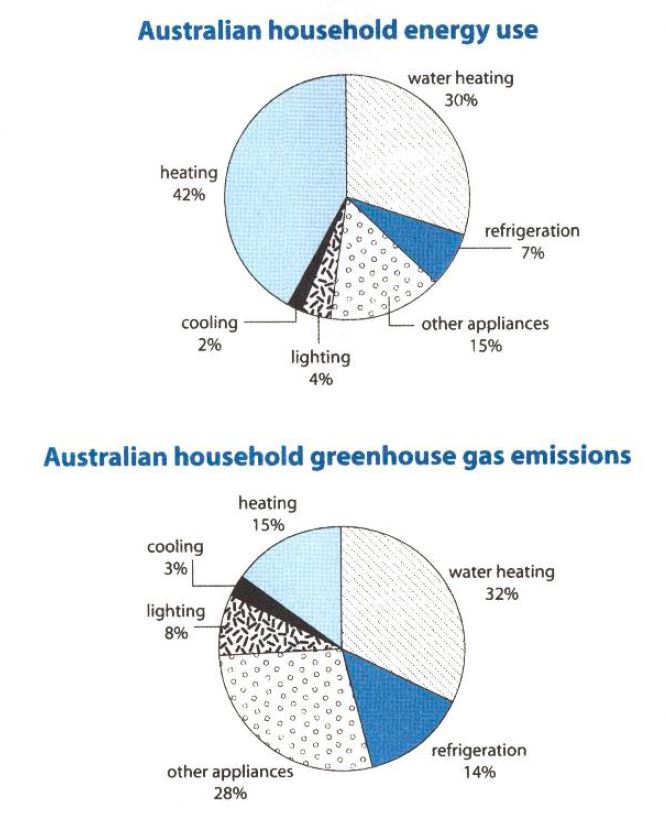Writing Feedback /
IELTS Writing Task 2 - Punishment for Children and impact on their development [4]
Hi everyone, I'm practicing the writing test in IELTS, would you please give me some comments to my works?
Discipline toward kids
Question:
It is important for children to learn the difference between right and wrong at an early age. Punishment is necessary to help them to learn this distinction.
To what extent do you agree or disagree with this opinion?
What sort of punishment should parents and teachers be allowed to use to teach good behavior to children?Answer:
Everything has a good side and a bad side, punishment is no exception. Although there is a bad side for punishment, I still believe that it is important for having punishment to teach children about the correct values. I support this with the following reasons.
At first, punishment is an effective way to teach children for knowing what is wrong. Undoubtedly, praise can encourage children to do the right thing. In contrast, punishment can deepen children's memory for the wrong thing that they have done. Punishment has been used for over a thousand of years and it is one of the best way for teaching children according to past experience in human history. And now, punishment is still being using to punish the citizens who violate the law.
Secondly, punishment can provide the indication of the seriousness of fault that children made. Different level of punishment apply to different level of fault which allow children to know that which fault they should never do. For example, children can be punished by standing alone for five minutes if they quarrel with each other. However, if they fight with each other, the level of punishment should become higher. In this case, the punishment can be a standing for twenty minutes. Therefore, the children can know that the fault of fighting is a worse than quarrel.
Nevertheless, it cannot be denied that some kinds of punishment will cause a bad effect to children's psychological and physical health. In the past, parents may use physical punishment to teach their children. However, many experts already point out that it might damage the relationship between the parents and children and it also hurts the children physically.
Therefore, it is essential for us to decide which punishment should be adopted. Personally, I believe that physical punishment should never be used for teaching children as it hurts children in both psychological and physical aspect. We could use other punishments which is not harmful to children such as packing up trash and cleaning houses etc.
From what has been discussed above, we can finally draw the conclusion that punishment is needed for teaching children. However, we should carefully choose what kind of punishment we should use. Punishment that will cause any harm to children like hitting children should never be allowed.


